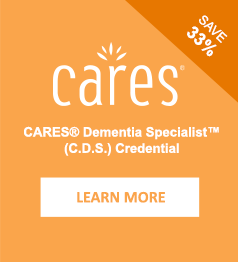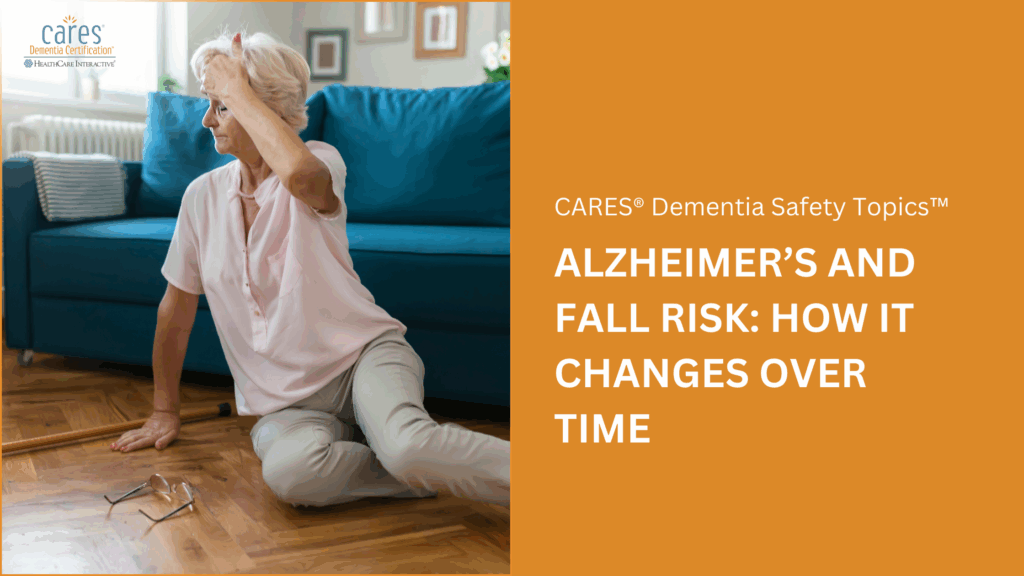As Alzheimer’s disease progresses, the risk of falling changes dramatically. While aging alone makes falls more likely, dementia adds unique challenges that evolve with each stage of the disease. Understanding how these risks shift can help families and caregivers create safer environments and provide the right level of support.
Normal Thinking (No Dementia)
Even without dementia, age-related changes in the body—like weaker muscles, slower reflexes, or vision problems—make falls more common in older adults. At this stage, fall risk is largely related to the natural aging process.
Early-Stage Alzheimer’s
During the early stage, most people’s thinking and physical abilities are still quite strong. The risk of falling is only slightly higher than for others of the same age without dementia. However, it’s important to remember that subtle changes in memory, focus, or decision-making may start to appear, and these can eventually affect balance and movement.
Middle Stage Alzheimer’s
This is the stage where fall risks begin to increase more noticeably. Changes in perception and judgment make everyday situations harder to navigate. For example:
• A dark rug on the floor might be mistaken for a hole.
• A person may struggle to lift their foot high enough for a step.
• They might move impulsively—walking too quickly in a crowded hallway without adjusting their speed.
Physical challenges also become more pronounced. People may lose the ability to adapt their movements in response to their surroundings. Families should begin preparing for more frequent safety concerns at this stage, since understanding what’s coming can make it easier to adapt and provide support.
Late-Stage Alzheimer’s
Fall risk in the late stage is more complex and depends on mobility, balance, medications, and pain levels.
• Balance: If the person is still mobile, poor coordination becomes a serious issue. They may begin walking normally but be unable to recover if they lose balance, leading to falls. Obstacle awareness also declines, so keeping walkways clear is crucial.
• Mobility: As mobility decreases, people may try to stand or walk but struggle to control their movements, often resulting in falls.
• Bed Bound: In the final phase, when a person is largely confined to bed, fall risk is minimal—but not gone. There is still a chance of rolling or sliding out of bed.
Supporting Safety at Every Stage to Reduce the Risk of Falling
Falls can be frightening for both individuals with Alzheimer’s and their families. While the risks change over time, there are steps caregivers can take at every stage:
• Keep living spaces uncluttered and well-lit.
• Encourage safe movement and mobility exercises where possible.
• Use supportive equipment such as grab bars, walkers, or bed rails when appropriate.
• Maintain open conversations with healthcare providers about fall prevention strategies.
As Alzheimer’s progresses, fall risks increase—but the right training helps. Build your caregiving skills with CARES® training and certification. Save 10% on any CARES® training or certification with promo code LaborDaySavings—offer ends September 30, 2025.

